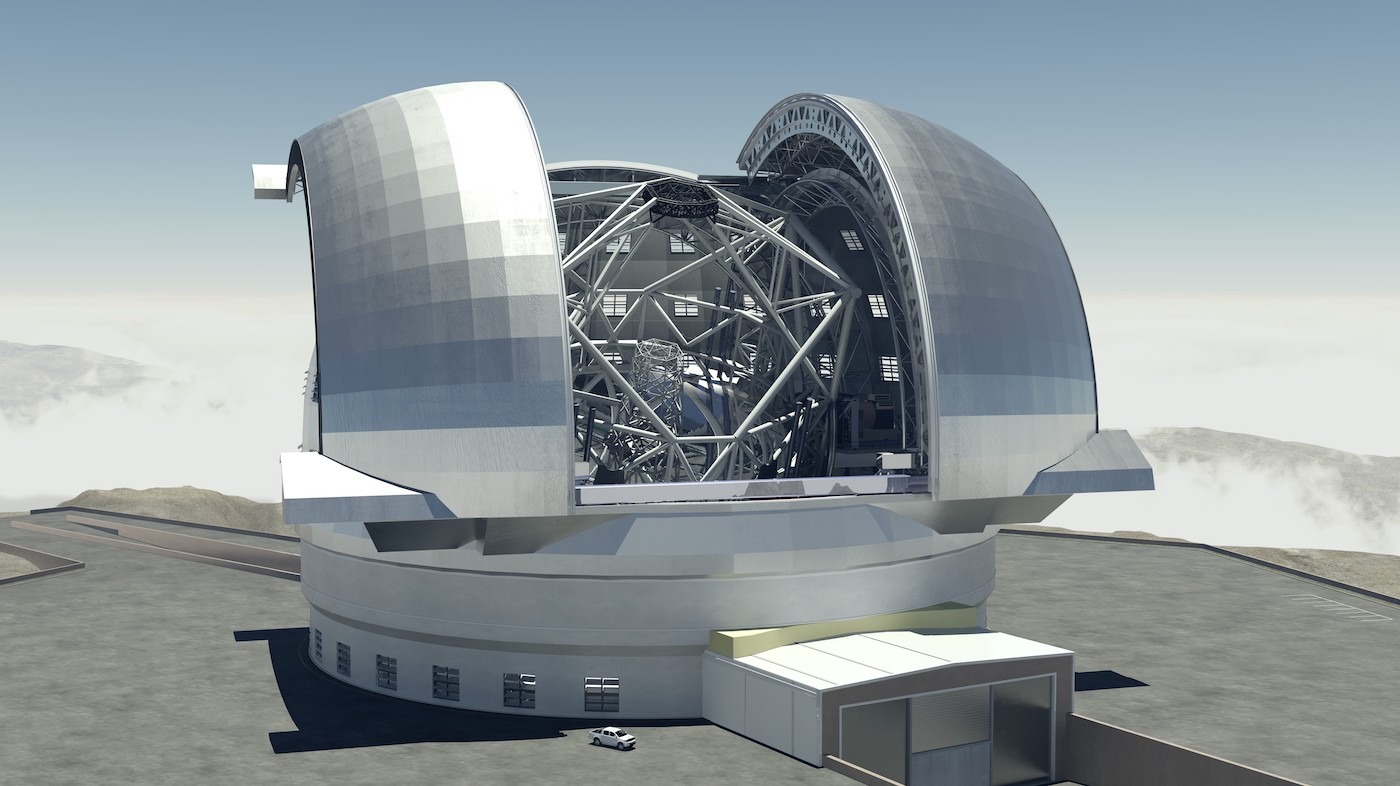Extremely Large Telescope on course for first light
Extremely large telescopes are considered worldwide to be one of the highest priorities in ground-based astronomy. They will lead to a greater advancement of astrophysical knowledge, allow a deeper exploration of our Universe, and give sharper views of cosmic objects than ever before.
Since 2005 ESO has been working with its community and industry to develop an extremely large optical/infrared telescope. ESO’s Extremely Large Telescope, or ELT for short, is a revolutionary ground-based telescope that will have a 39-metre main mirror and will be the largest visible and infrared light telescope in the world: the world’s biggest eye on the sky. In addition to this unparalleled size, the ELT will be equipped with a lineup of cutting-edge instruments, designed to cover a wide range of scientific possibilities. The leap forwards with the ELT can lead to a paradigm shift in our perception of the Universe, much as Galileo's telescope did 400 years ago.
The past decade has brought astronomical revelations that have excited people from all walks of life, from finding planets around Proxima Centauri, the nearest star to the Sun, to the first image of a black hole. In the next epoch of astronomy, with the ELT, we will go on to tackle some of the biggest scientific challenges of our time. The ELT will track down Earth-like planets around other stars, and could become the first telescope to find evidence of life outside of our Solar System. It will also probe the furthest reaches of the cosmos, revealing the properties of the very earliest galaxies and the nature of the dark Universe. On top of this, astronomers are also planning for the unexpected — new and unforeseeable questions that will surely arise, given the new capabilities of the ELT.




